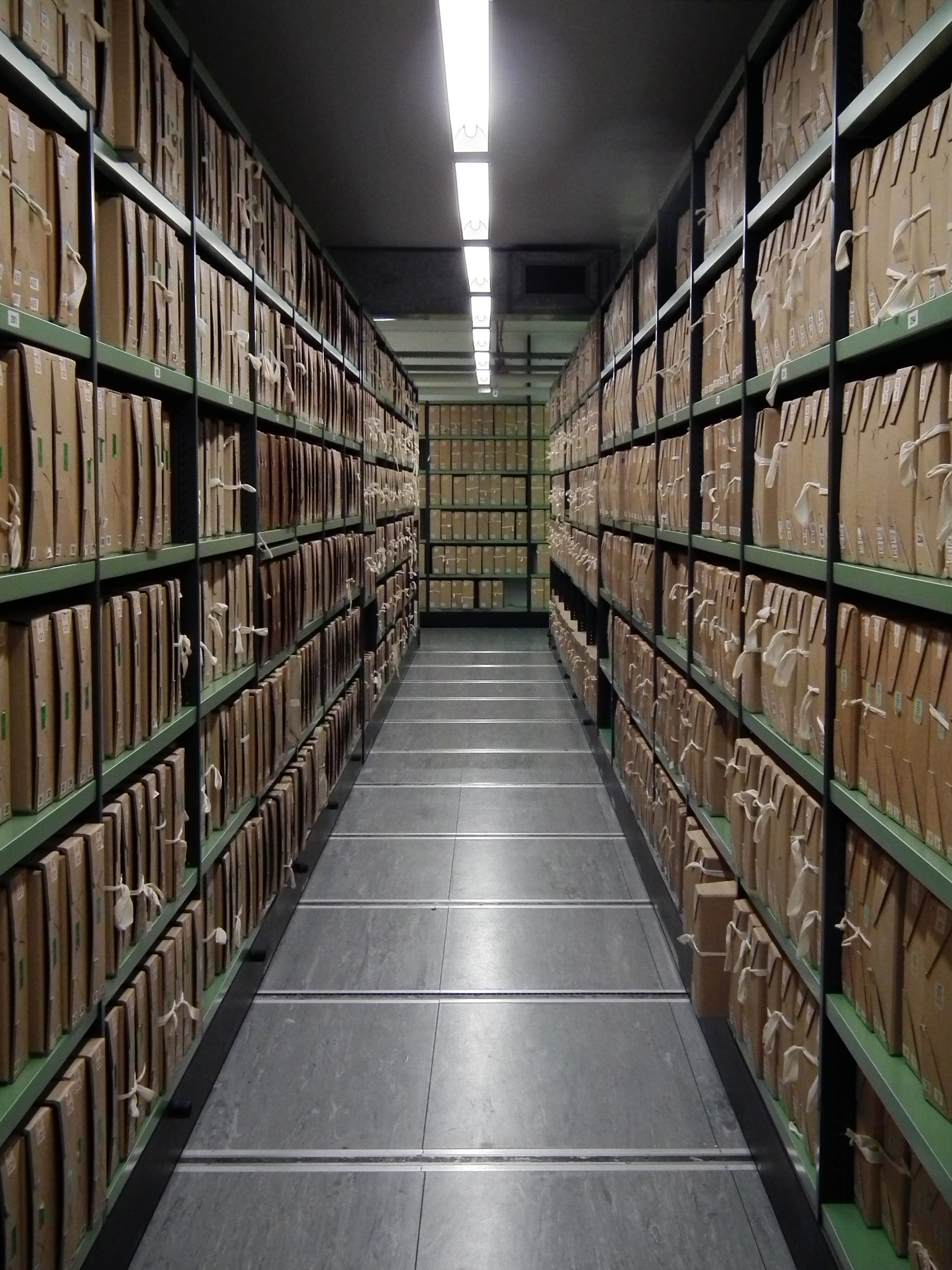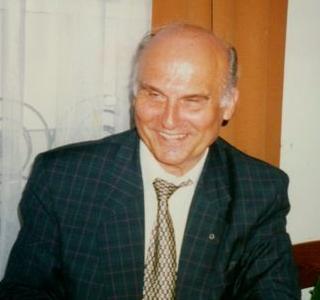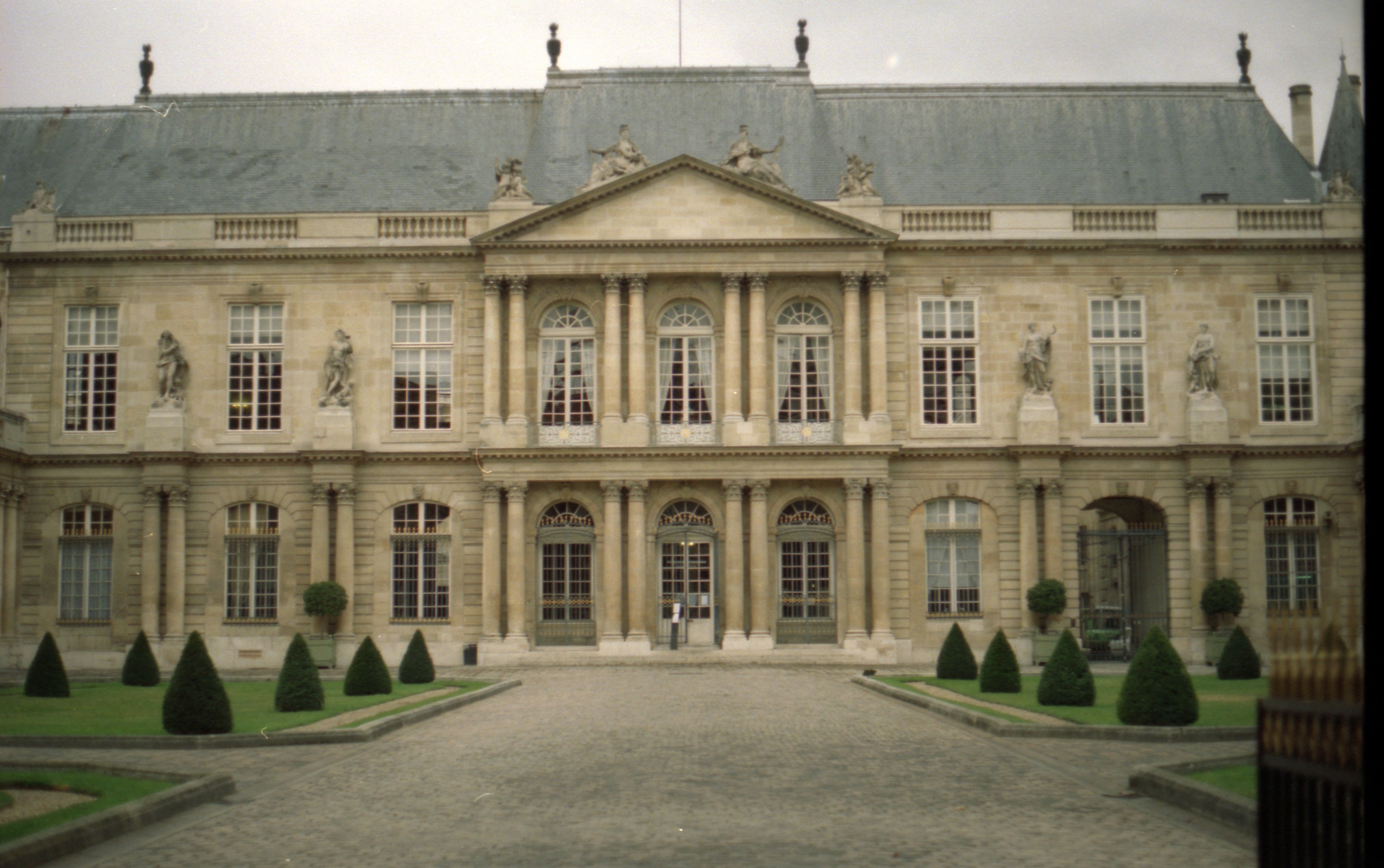|
National Digital Archives
National Digital Archives (, ) are the national archives of Poland, collecting and digitising audiovisual materials. National Digital Archives are one of three central State Archives (), other two being Central Archives of Historical Records and . National Digital Archives were established on 28 March 2008 by transforming the Archives of Audiovisual Records ( 'Mechanical Documentation Archives') created in 1955. Collection National Digital Archives' collection include: *over 15 million photographs took since 1940s; *over 40 thousand of sound recordings recorded between 1889 and 2008; *about 2.4 thousand of motion picture recordings made between 1928 and 1993; which are all divided into 159 groups. Whole collection is available for the public through the Archives' reading room, while digitilised records are made accessible through a website 'Search in Archives' () run by the NAC. See also *Central Archives of Historical Records References {{Coord, 52, 12, 31, N, 20, 58, ... [...More Info...] [...Related Items...] OR: [Wikipedia] [Google] [Baidu] |
National Archives
National archives are the archives of a country. The concept evolved in various nations at the dawn of modernity based on the impact of nationalism upon bureaucratic processes of paperwork retention. Conceptual development From the Middle Ages into the Early modern period archives generated by royal and clerical institutions retained proofs of political and genealogical claims as a "bastion of authenticity." The emerging Age of Enlightenment, Enlightenment concept of studying history as a science rather than as literature was influenced by Leopold von Ranke and brought archives into the limelight of serious historical study. In the late 18th century, the storage of old records was divided. Business records in the ''archives courantes'' went the way of records management while documents of cultural import in the ''archives historiques'' formed the core of Western-conceived archives. As the popularity of archives increased as a function of substantiating historical narratives, natio ... [...More Info...] [...Related Items...] OR: [Wikipedia] [Google] [Baidu] |
Audiovisual Archive
In archives, the term "audiovisual" is frequently used generically to denote materials other than written documents. Films, videos, audio recordings, pictures, and other audio and visual media are collected in audiovisual archives. A vast amount of knowledge is included in audiovisual records, which are considered cultural treasures and must be preserved for future use. Print materials would not have the same reach across various audiences as audiovisual resources. History Audiovisual archiving—the collecting, preserving, management, and use of audiovisual heritage—has established its credentials as a distinct profession. The first audiovisual archives came into existence about a century ago, but sustained growth is basically a phenomenon of the second half of the 20th century. Importance Audiovisual records are included in official programs given that they act as an effective, direct means of communication and are able to capture a wide range of information beyond what ... [...More Info...] [...Related Items...] OR: [Wikipedia] [Google] [Baidu] |
Central Archives Of Historical Records
Central Archives of Historical Records in Warsaw (, AGAD) is one of Poland's three national archives. It holds records ranging from 12th century until World War I. The current headquarters is located in Raczyński Palace located at Długa 7 Street in Warsaw. History The archive was founded in 1808. A large portion of the archive was intentionally destroyed by Nazi Germany during World War II in 1939 and in 1944. In the aftermath of the suppression of the Warsaw Uprising of 1944, the archives were not only deliberately set ablaze, but the Nazi German troops also entered each of the nine accessible fire-proof vaults in the underground shelter and meticulously burned one after another (entrance to the 10th was blocked by rubble, thus saving its contents). Official names The archive went through several name changes: *National General Archive (Polish: Archiwum Ogólne Krajowe) (1808-1816) *Central Archives of the Polish Kingdom (Polish: Archiwum Główne Królestwa Polskiego) (1816 ... [...More Info...] [...Related Items...] OR: [Wikipedia] [Google] [Baidu] |
Polish Press Agency
The Polish Press Agency (, PAP) is Poland's national news agency, producing and distributing political, economic, social, and cultural news as well as events information. It was founded in 1918 as Polish Telegraphic Agency (PAT). PAP serves print media, online, radio and TV, as well as government offices and private businesses. It has 14 news desks in its headquarters in Warsaw and 24 regional bureaux. As of 2013, the agency had nearly 500 employees and associates, including 300 journalists in Warsaw, 70 regional correspondents, 50 photojournalists and 30 foreign correspondents (among others in Berlin, Brussels, Kyiv, London, Madrid, Moscow, New York, Paris, Rome, Sofia, Stockholm, Washington and Vilnius). In 2019 PAP announced plans to extend its foreign correspondent network to additional countries in Europe, Caucasus, Latin America and Southeast Asia in order to expand its presence in Central European and global markets. According to the company's website, its content rea ... [...More Info...] [...Related Items...] OR: [Wikipedia] [Google] [Baidu] |
Photographs
A photograph (also known as a photo, or more generically referred to as an ''image'' or ''picture'') is an image created by light falling on a photosensitive surface, usually photographic film or an electronic image sensor. The process and practice of creating such images is called photography. Most photographs are now created using a smartphone or camera, which uses a lens to focus the scene's visible wavelengths of light into a reproduction of what the human eye would perceive. Etymology The word ''photograph'' was coined in 1839 by Sir John Herschel and is based on the Greek φῶς ('' phos''), meaning "light", and γραφή (''graphê''), meaning "drawing, writing", together meaning "drawing with light". History The first permanent photograph, a contact-exposed copy of an engraving, was made in 1822 using the bitumen-based " heliography" process developed by Nicéphore Niépce. The first photographs of a real-world scene, made using a camera obscura, followed a few ... [...More Info...] [...Related Items...] OR: [Wikipedia] [Google] [Baidu] |
Sound Recording And Reproduction
Sound recording and reproduction is the electrical, Mechanical system, mechanical, electronic, or digital inscription and re-creation of sound waves, such as spoken voice, singing, instrumental music, or sound effects. The two main classes of sound recording technology are analog recording and digital recording. Acoustic analog recording is achieved by a microphone diaphragm that senses changes in atmospheric pressure caused by acoustics, acoustic sound waves and records them as a mechanical representation of the sound waves on a medium such as a phonograph record (in which a stylus cuts grooves on a record). In magnetic tape recording, the sound waves vibrate the microphone diaphragm and are converted into a varying electric current, which is then converted to a varying magnetic field by an electromagnet, which makes a representation of the sound as magnetized areas on a plastic tape with a magnetic coating on it. Analog sound reproduction is the reverse process, with a large ... [...More Info...] [...Related Items...] OR: [Wikipedia] [Google] [Baidu] |
Film
A film, also known as a movie or motion picture, is a work of visual art that simulates experiences and otherwise communicates ideas, stories, perceptions, emotions, or atmosphere through the use of moving images that are generally, since the 1930s, synchronized with sound and (less commonly) other sensory stimulations. Etymology and alternative terms The name "film" originally referred to the thin layer of photochemical emulsion on the celluloid strip that used to be the actual medium for recording and displaying motion pictures. Many other terms exist for an individual motion-picture, including "picture", "picture show", "moving picture", "photoplay", and "flick". The most common term in the United States is "movie", while in Europe, "film" is preferred. Archaic terms include "animated pictures" and "animated photography". "Flick" is, in general a slang term, first recorded in 1926. It originates in the verb flicker, owing to the flickering appearance of early films ... [...More Info...] [...Related Items...] OR: [Wikipedia] [Google] [Baidu] |
National Archives
National archives are the archives of a country. The concept evolved in various nations at the dawn of modernity based on the impact of nationalism upon bureaucratic processes of paperwork retention. Conceptual development From the Middle Ages into the Early modern period archives generated by royal and clerical institutions retained proofs of political and genealogical claims as a "bastion of authenticity." The emerging Age of Enlightenment, Enlightenment concept of studying history as a science rather than as literature was influenced by Leopold von Ranke and brought archives into the limelight of serious historical study. In the late 18th century, the storage of old records was divided. Business records in the ''archives courantes'' went the way of records management while documents of cultural import in the ''archives historiques'' formed the core of Western-conceived archives. As the popularity of archives increased as a function of substantiating historical narratives, natio ... [...More Info...] [...Related Items...] OR: [Wikipedia] [Google] [Baidu] |
Polish Digital Libraries
Polish may refer to: * Anything from or related to Poland, a country in Europe * Polish language * Polish people, people from Poland or of Polish descent * Polish chicken * Polish brothers (Mark Polish and Michael Polish, born 1970), American twin screenwriters * Kevin Polish, an American Paralympian archer Polish may refer to: * Polishing, the process of creating a smooth and shiny surface by rubbing or chemical action ** French polishing, polishing wood to a high gloss finish * Nail polish * Shoe polish * Polish (screenwriting), improving a script in smaller ways than in a rewrite See also * * * Polishchuk (surname) * Polonaise (other) A polonaise ()) is a stately dance of Polish origin or a piece of music for this dance. Polonaise may also refer to: * Polonaises (Chopin), compositions by Frédéric Chopin ** Polonaise in A-flat major, Op. 53 (, ''Heroic Polonaise''; ) * Polon ... {{Disambiguation, surname Language and nationality disambiguation pages ... [...More Info...] [...Related Items...] OR: [Wikipedia] [Google] [Baidu] |






